The potential of nanotechnology in making materials that can meet the highest human needs is the main factor in choosing it for future designs, including the impact of this technology on the concrete industry. For more information about Nano Concrete products, visit our site.

what is Nano Concrete?
 Concrete is one of the most widely used building materials. This synthetic material has the highest annual production. Cement and concrete materials can also be considered as the most widely used building materials; Therefore, concrete is like the locomotive of the construction industry. The highlight of this concrete has its own characteristics due to its cheapness and low energy consumption. More than 90% of the earth’s main crust is cement oxide and can be said to be a rich source of raw materials.
Concrete is one of the most widely used building materials. This synthetic material has the highest annual production. Cement and concrete materials can also be considered as the most widely used building materials; Therefore, concrete is like the locomotive of the construction industry. The highlight of this concrete has its own characteristics due to its cheapness and low energy consumption. More than 90% of the earth’s main crust is cement oxide and can be said to be a rich source of raw materials.
Experts are constantly testing the increased quality of these materials. However, the inherent properties of these materials, such as resistance to other materials, appear to be low. The property of concrete is that this liquid becomes solid and hard materials at room temperature; In this process, it goes through dozens of chemical chemical adsorption cycles. Of course, they are not yet fully known. Concrete, unlike any other material, can have greater strength and strength over time. This commonly used material has multiple scales. The aggregates used in concrete are in the millimeter range and it is important to note that these materials work together at different scales. Concrete is a viscoelastic material due to its C-H-S phase.
By understanding the structure of the nanoscale, it is possible to understand why concrete creeps at different scales, and even other properties of concrete can be understood with the help of nanoscale research. Although nanotechnology has entered the concrete field a little late, this delay can be attributed to two factors. One is not having a complete understanding and knowledge of the chemical and physical composition of concrete, and the other is how to improve and improve the quality of materials such as concrete, which is a liquid and solid material. Future impacts of nanotechnology for concrete to be considered.
- 1. Fine-grained
- 2- Cement paste
- 3- ITZ interface transition interval
The area where the cement paste covers coarse aggregates.
Of course, the dimensions of the aggregates are 3 to 4 times larger than the width of the ITZ range, but the concrete microstructure performs its critical mechanical behavior in this area and at various scales. To understand the concrete and its properties, it is necessary to study and analyze the ITZ, so this area functions as the weakest joint area in concrete and the thinnest cracks occur in this area. The advent of nanotechnology-based approaches has given materialists the potential to fundamentally change the structure of these materials.
It can be said that all properties of concrete and other cement-based base materials stem from the hydration process. A better understanding of the behavior and structure of concrete at nanoscale will help us improve the desired properties of concrete. The properties that can be obtained with special additives for concrete are increased durability, decreased brittleness (brittleness), and increased tensile strength. For more information about Nano Concrete wholesale, visit our site.
Nano Concrete products dealers
 Our collection is from Nano Concrete products dealers and distributes this widely used product at a reasonable and affordable price throughout the country, so you can visit our site for more information about the price of this product.
Our collection is from Nano Concrete products dealers and distributes this widely used product at a reasonable and affordable price throughout the country, so you can visit our site for more information about the price of this product.

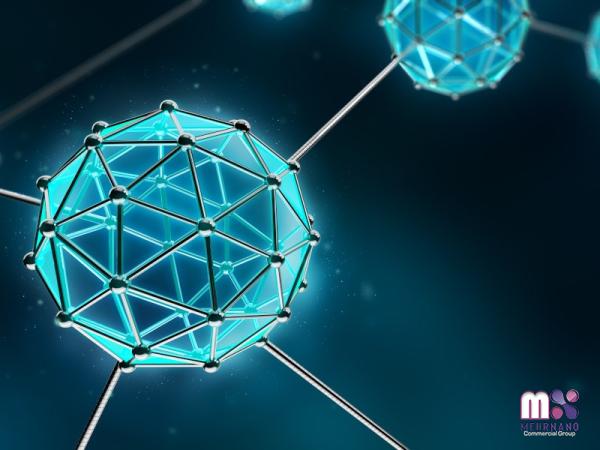
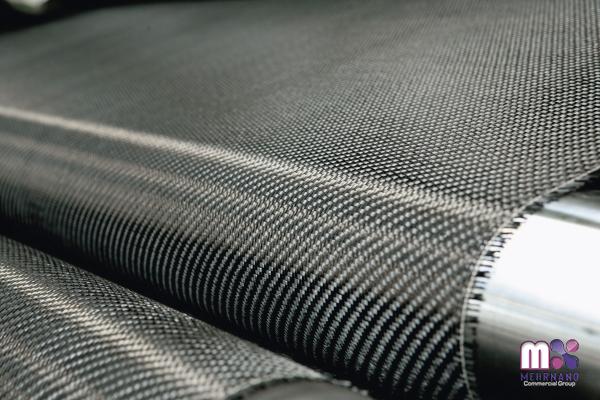

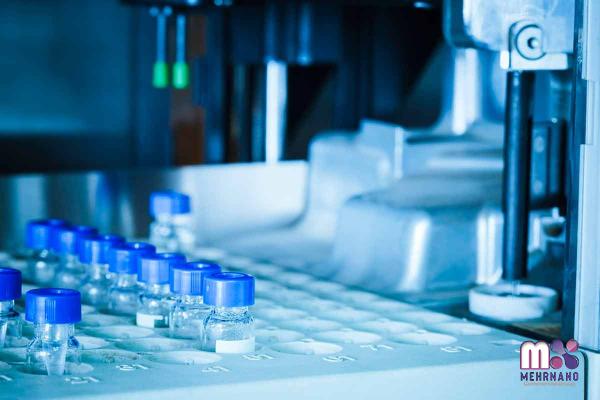



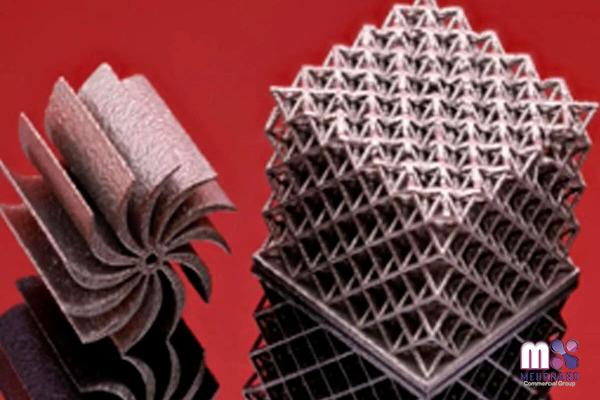
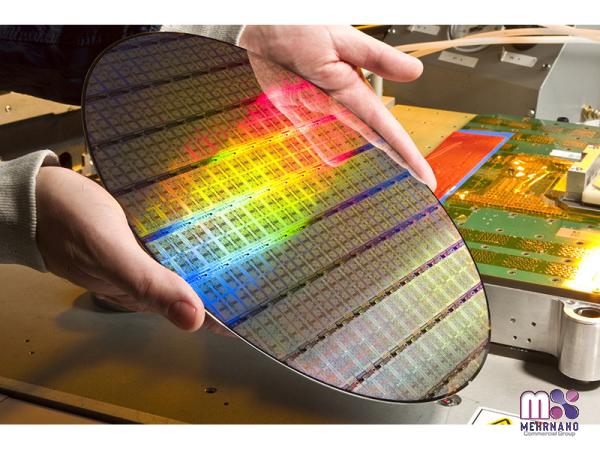
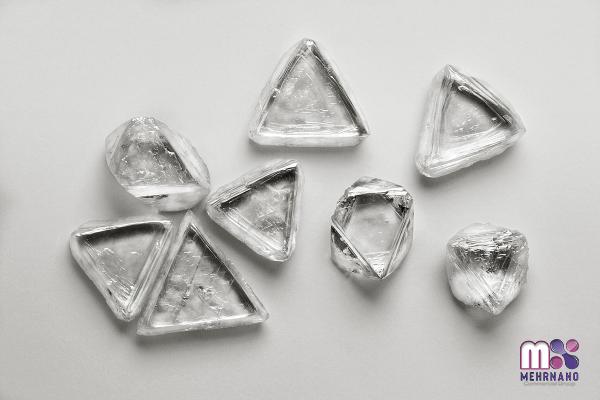
Your comment submitted.